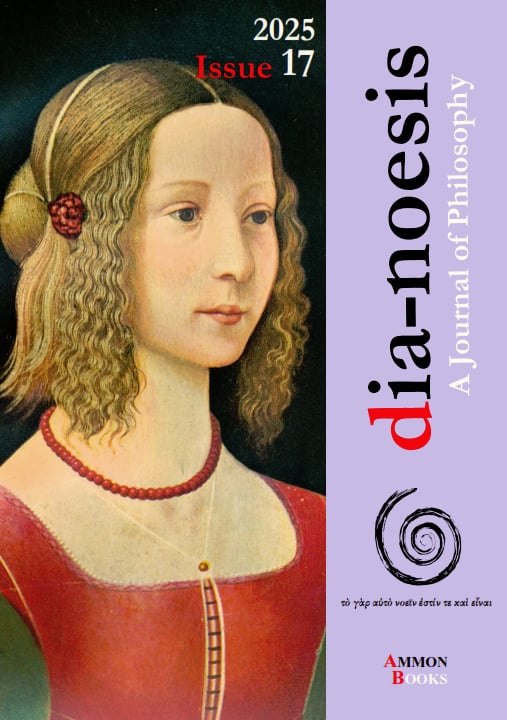A Legacy of Philosophy, Science, and Myth of Hypatia of Alexandria: Synesius of Cyrene and the Construction of Her Memory

Abstract
Hypatia of Alexandria, a prominent philosopher, mathematician, and astronomer of late antiquity, was murdered in 415 AD in an event that has been widely debated by historians. While some accounts depict her brutal killing as an attempt to erase her influence, Hypatia has remained a significant cultural and intellectual figure throughout history. Her legacy has been shaped by various narratives, from the Enlightenment ideal of science’s struggle against religion to her portrayal as a martyr of knowledge. The study explores how Hypatia’s contributions to mathematics, astronomy, and philosophy have been overshadowed by her tragic death and how literary and historical sources, including Synesius of Cyrene’s letters, have influenced perceptions of her life. Additionally, it examines her role in the political and cultural conflicts of Alexandria, her association with Neoplatonism, and the erasure or survival of her written works. By analyzing ancient and modern interpretations, this paper highlights the evolving representation of Hypatia as both a historical figure and a symbolic construct in intellectual history.
Article Details
- How to Cite
-
Papaoikonomou, A. D. (2025). A Legacy of Philosophy, Science, and Myth of Hypatia of Alexandria: : Synesius of Cyrene and the Construction of Her Memory. Dia-Noesis: A Journal of Philosophy, 17(1), 153–166. https://doi.org/10.12681/dia.41709
- Section
- Articles


